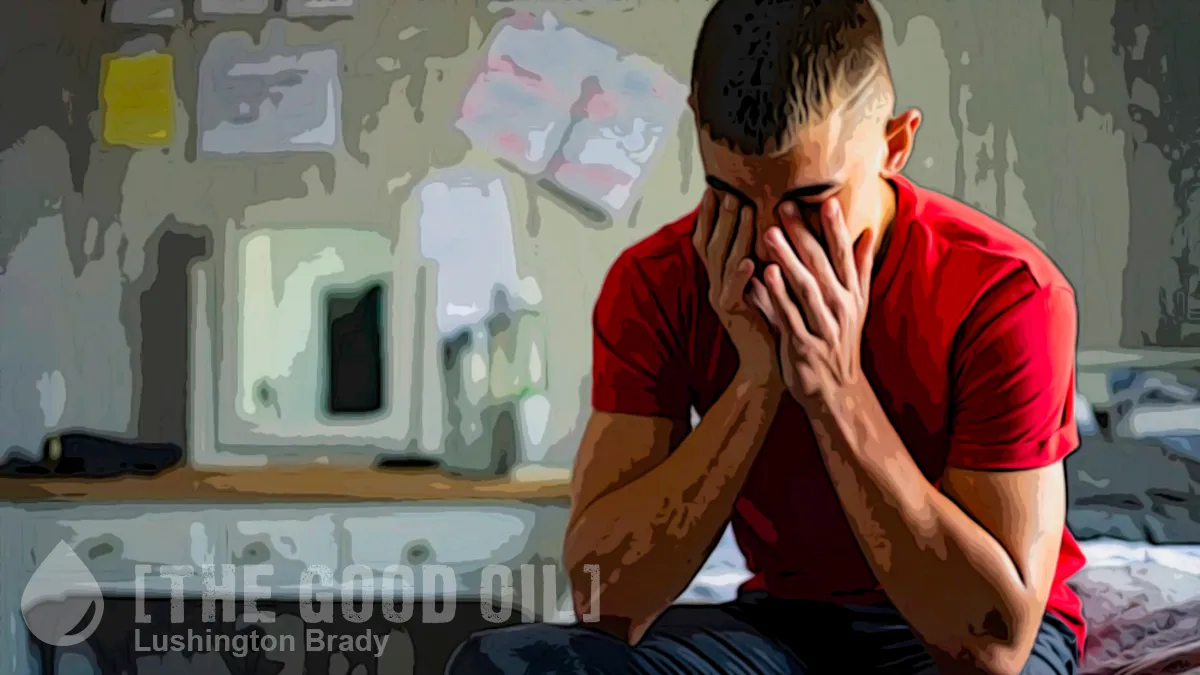So far, almost none of the political or bureaucratic class have apologised for, much less been made to atone for, the worst failure of public policy in nearly a century. That failure, of course, being the policy response to the Chinese virus pandemic.
Nearly everything the politicians and their pet ‘experts’ said and did was wrong. Colossally, horrifically, wrong. From their complicity in engineering the virus in the first place, to lying and covering up the virus’ origins at the behest of the Chinese Communist Party. From forced mass vaccinations that were, at best useless, at worst downright dangerous, to lockdowns.
Especially lockdowns.
It was obvious very early on that lockdowns were worse than useless at stopping the pandemic. The proof of the pudding is the world’s most-locked-down city, Melbourne. If lockdowns worked, Melbourne should have been the star performer for Australia, if not the world. In fact, it was far and away the worst performer in Australia in infections and deaths.
Lockdowns didn’t just not stop the virus, they brought a host of awful side effects. From an explosion in cancers a few years later, due to putting a stop to vital screening and early treatment, to a generation of children whose social and learning development is damaged. For years to come, perhaps permanently.
Their older peers are being crippled by poor mental health.
Australian psychiatrists have led the biggest-ever worldwide study into youth mental health, finding that young people’s psychological health has “entered a dangerous phase” amid economic insecurity and political and technological changes that have young people feeling marginalised and cast adrift.
The incidence of mental ill-health in young people in Australia has risen by 50 per cent in the past 15 years, and has further risen alarmingly steeply since the Covid-19 pandemic, especially among teenage girls, such that almost 50 per cent of women aged between 16 and 24 report experiencing a mental health disorder.
For teenage girls, who are notoriously social animals, depriving them of social contact for years was an especially cruel blow of lockdowns.
“There is no doubt that this is the most serious piece of work on this subject ever compiled,” said psychiatrist Pat McGorry, who led the five-year-long international research study published in The Lancet. “We’ve assembled all the evidence and worked out, is this a real phenomenon, or is it more, is it just more awareness? But it’s very clearly real and solid. When you see a rise of that extent, over quite a short period, we’ve got to understand what’s changed in society to actually to bring this about. The conclusion is that society is in trouble in terms of its ability to safeguard the mental health of young people as they make the transition from childhood to adulthood. So this has to be social and economic forces that are doing this.”
Say it.
It’s not all lockdowns, of course. ‘Social’ media is as harmful to teenagers’ mental health as smoking was to their parents’ and grandparents’ bodily health. But companies like Meta, the Big Tobacco of the 21st century, continue to specifically target their products to teens and even younger children.
But combined with the social isolation of lockdowns and ‘remote learning’, today’s teens are really copping it hard.
Compared with the hundreds of billions wasted on lockdowns and mass vaccination programs, treating the outcomes of lockdowns is criminally underfunded.
Mental health is critically underfunded in Australia compared to its prevalence. The Royal Australia New Zealand College of Psychiatry recently estimated that the nation’s psychiatry workforce meets only 56 per cent of the national demand in mental health services. The situation is even more dire for young people. There are very few public adolescent mental health beds, a virtual total absence of publicly available care in the community, Headspace early intervention clinics have enormous wait lists, and private psychiatry and psychology is prohibitively expensive and inaccessible for many […]
“If this was happening in any other health domain, there would be very dramatic action taken to respond to this public health crisis,” said Professor McGorry.
Finally, there’s another critical hit to the mental health of young people that is studiously ignored: climate alarmism. This is a generation brought up on a steady diet of existential fear. If the virus doesn’t get you, the climate will.
Those of us who grew up under the shadow of the bomb know what it’s like to live with a constant background fear that the world will end tomorrow.
But at least we had our friends around us, instead of being siloed behind screens and being told it was for our own good.









